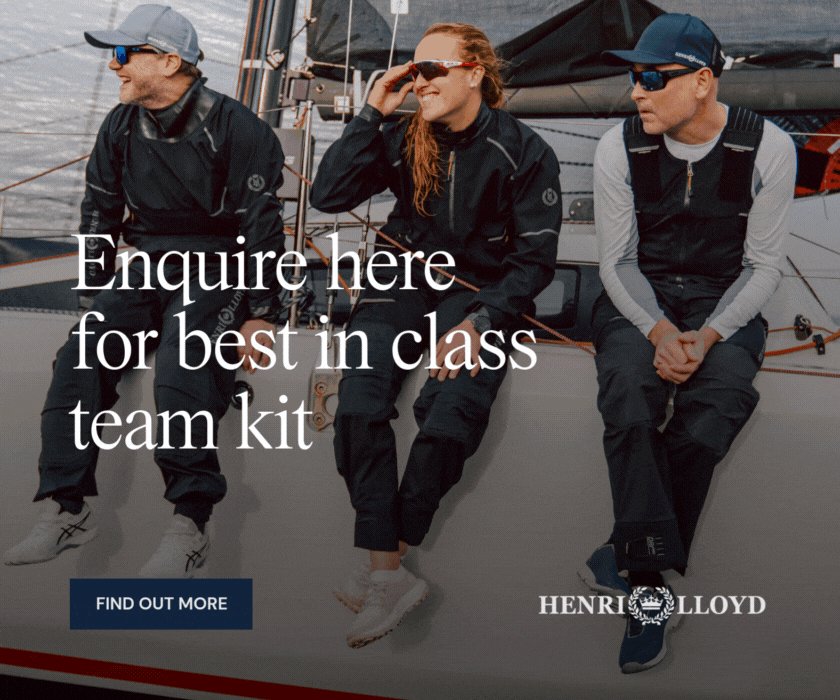

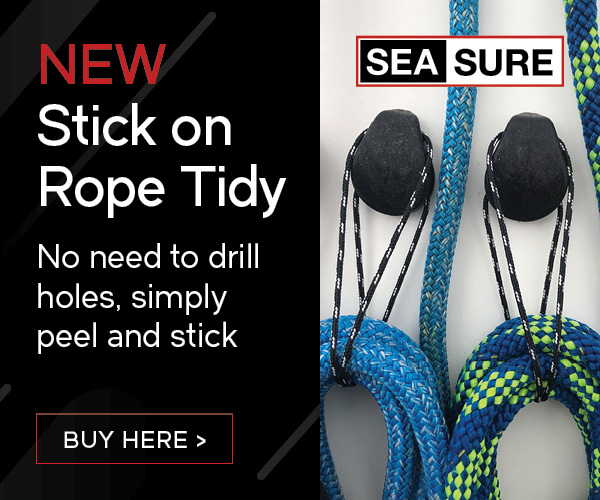
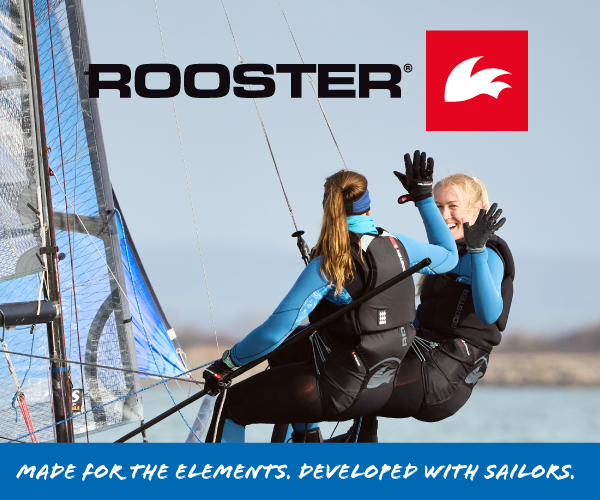
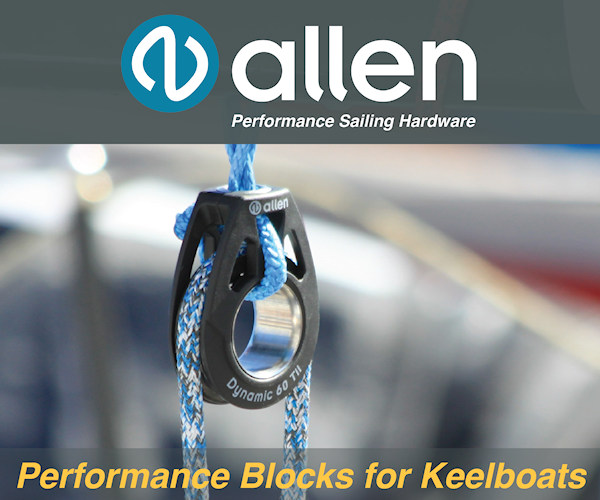



-(1)-202408140552.gif)



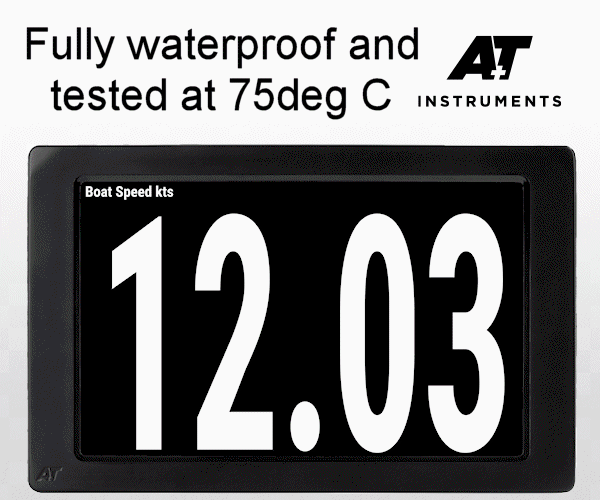
Boats for sale
| Rossiter Pintail Mortagne sur Gironde, near Bordeaux |
 |
| Laser 140101 Tynemouth |
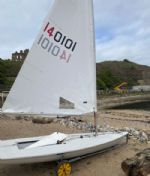 |
| Laser 28 - Excellent example of this great design Hamble le rice |
 |
List classes of boat for sale |
dinghy design questions |
Post Reply 
|
Page <12345 7> |
| Author | ||
Rupert 
Really should get out more 
Joined: 11 Aug 04 Location: Whitefriars sc Online Status: Offline Posts: 8956 |
 Post Options Post Options
 Quote Quote  Reply Reply
 Topic: dinghy design questions Topic: dinghy design questionsPosted: 08 Oct 14 at 3:05pm |
|
|
Thinking more about long thin hulls v's hydrofoils, my mind was taken to Icarus, the foiling Tornado in the 70's. Now, the speeds were faster than the standard boat, but not by a huge amount, and it has really taken another 40 years to get the concept to a point where there are genuine gains to be made, especially upwind, where I'd imagine Icarus was actually slower.
So, a 20 foot long dinghy, built out of the highest tech materials possible to keep the costs down, plenty of righting moment to support a fairly big rig, but sailable by 2 people, firstly to keep it more like the boats we sail, and second to keep the weight down. So, what would that rig be, assuming you could magically change it for upwind, reaching and down wind? How different would each mainsail shape be? Would you need to change aspect ratio? |
||
|
Firefly 2324, Puffin 229, Minisail 3446 Mirror 70686
|
||
 |
||
JimC 
Really should get out more 

Joined: 17 May 04 Location: United Kingdom Online Status: Offline Posts: 6662 |
 Post Options Post Options
 Quote Quote  Reply Reply
 Posted: 08 Oct 14 at 3:09pm Posted: 08 Oct 14 at 3:09pm |
|
|
The faster a boat is the less the rig needs to change upwind to down, because either way you want low drag with the apparent well forward.
|
||
 |
||
Medway Maniac 
Really should get out more 
Joined: 13 May 05 Location: United Kingdom Online Status: Offline Posts: 2788 |
 Post Options Post Options
 Quote Quote  Reply Reply
 Posted: 08 Oct 14 at 3:17pm Posted: 08 Oct 14 at 3:17pm |
|
|
I'd go for a una rig upwind, with a sail that could be flattened considerably, enabling it to be pretty big. Boom down on deck level - at 20ft the hull is big enough that the guys can run around the back/front of the rig.
I'd talk to Dan about the advisability of using a wing mast.
Unfurl a very high aspect fractional jib coming offwind to keep the main unstalled until far enough offwind to unfurl a much bigger masthead gennaker. And good luck to anyone trying to sail it. |
||
 |
||
iiitick 
Far too distracted from work 
Joined: 04 Jun 14 Location: gb Online Status: Offline Posts: 478 |
 Post Options Post Options
 Quote Quote  Reply Reply
 Posted: 08 Oct 14 at 3:32pm Posted: 08 Oct 14 at 3:32pm |
|
|
RS 300 with an extra 2' on the front. 1' wider wings and a CII rig but much taller! How about that?
|
||
 |
||
zippyRN 
Far too distracted from work 
Joined: 14 Sep 06 Online Status: Offline Posts: 437 |
 Post Options Post Options
 Quote Quote  Reply Reply
 Posted: 09 Oct 14 at 3:46pm Posted: 09 Oct 14 at 3:46pm |
|
|
longer IS faster in displacement sailing
hull speed in knots = fudge factor * root of the waterline length in feet it stops working at a Length to beam ratio of about 1:10 - which is why multihulls don;t need to plane i nthe same way a monohull does as for hull speed purposes the multihull is 2 or 3 seperate vessels sailing in formation all with very very fine hulls |
||
 |
||
JimC 
Really should get out more 

Joined: 17 May 04 Location: United Kingdom Online Status: Offline Posts: 6662 |
 Post Options Post Options
 Quote Quote  Reply Reply
 Posted: 09 Oct 14 at 4:29pm Posted: 09 Oct 14 at 4:29pm |
|
It doesn't actually stop working, but given a fine enough hull its less significant. There are different sorts of drag, and different hull shapes cause greater or lesser amounts of them. Given a long fine hull then wavemaking drag becomes less significant, because, to put it crudely, it doesn't push much water out of the way to make waves. On the other hand the wetted surface area drag is very much greater. |
||
 |
||
davidyacht 
Really should get out more 
Joined: 29 Mar 05 Online Status: Offline Posts: 1345 |
 Post Options Post Options
 Quote Quote  Reply Reply
 Posted: 09 Oct 14 at 4:49pm Posted: 09 Oct 14 at 4:49pm |
|
|
Long slender hulls are the exception, hence rowing eights, multihulls etc. Basically a displacement boat at speed forms a wave at the bow, a wave at the stern and a trough mid ships, it requires a great amount of energy to break out of this hump, which is why Displacement Powerboats can rarely plane. Froude documented this from which we get v (knots) = 1.34*lwl^0.5
I find this to be a pretty reliable way of estimating how long it will take most boats to get around the race course
|
||
 |
||
Medway Maniac 
Really should get out more 
Joined: 13 May 05 Location: United Kingdom Online Status: Offline Posts: 2788 |
 Post Options Post Options
 Quote Quote  Reply Reply
 Posted: 09 Oct 14 at 5:05pm Posted: 09 Oct 14 at 5:05pm |
|
Only very approximately - there are plenty of other factors, and once the wind drops towards light airs wetted area becomes as much or more of an issue. Likewise when boats start planing the differences can be quite large - a Cherub will get downwind quicker than a 505, for example, and probably not much slower (if at all?) upwind provided the water is flat enough for planing.
|
||
 |
||
zippyRN 
Far too distracted from work 
Joined: 14 Sep 06 Online Status: Offline Posts: 437 |
 Post Options Post Options
 Quote Quote  Reply Reply
 Posted: 09 Oct 14 at 5:34pm Posted: 09 Oct 14 at 5:34pm |
|
indisputably in termso fthe drag , but this is Y+Y not AYRS or RINA ...
my point was fudge factor * root lwl = hull speed works for most normal shaped small craft and provides a limiting factor if you either can';t plane due to hull form ( like a displacement launch or a leadmine long keel yacht with little volume carried aft) or don't (yet)have the excess power to 'pop up' onto your bow wave and plane ... for dinghy shaped boats in very light airs wetted area is the main drag source - hence the tendancy for most boats to perform well when trimmed down at the bows to lift the flat rear sections out of the water even if you reduce Lwl with this trim in light to medium airs ( until you generate enough excess power to 'climb' your bow wave and begin to plane ) it;s the wave making drag and 'hull speed' which are the limiting factors - hence the perpendicular bows on medium powered development classes like the N12 and the MR to make LWL as close to LOA ( as they don;t restrict the LWL vs the LOA - much asdignhy rules used to have minimum beams as peopel thought espeically in pre-planing days of yore that fineness and therefore lightness through less material to build was more important) and the near perpendicular bows on One designs drawing fro mthe contemporary to their original time 12s and merlins ( e.g. Lark, RS200, RS400) once you are planing it's a whole different kettle of fish ... |
||
 |
||
JimC 
Really should get out more 

Joined: 17 May 04 Location: United Kingdom Online Status: Offline Posts: 6662 |
 Post Options Post Options
 Quote Quote  Reply Reply
 Posted: 09 Oct 14 at 6:41pm Posted: 09 Oct 14 at 6:41pm |
|
|
Mmm, but there are no firm boundaries between planing/not planing. Its a transition. And very few sailing dinghies really get out of a semi displacement mode, especially upwind - other than Moths - and that's why waterline length is quite a powerful predictor of performance.
There are some funny things that go on with some shapes too. Some fine bowed boats hardly seem to create a bow wave at all - the 49er is one, and my PlusPlus was another. |
||
 |
||
Post Reply 
|
Page <12345 7> |
| Forum Jump | Forum Permissions  You cannot post new topics in this forum You cannot reply to topics in this forum You cannot delete your posts in this forum You cannot edit your posts in this forum You cannot create polls in this forum You cannot vote in polls in this forum |
Bulletin Board Software by Web Wiz Forums® version 9.665y
Copyright ©2001-2010 Web Wiz
Change your personal settings, or read our privacy policy
Copyright ©2001-2010 Web Wiz
Change your personal settings, or read our privacy policy











 Printable Version
Printable Version Delicious
Delicious Digg
Digg Facebook
Facebook Furl
Furl Google
Google MySpace
MySpace Newsvine
Newsvine reddit
reddit StumbleUpon
StumbleUpon Twitter
Twitter Windows Live
Windows Live Yahoo Bookmarks
Yahoo Bookmarks Topic Options
Topic Options